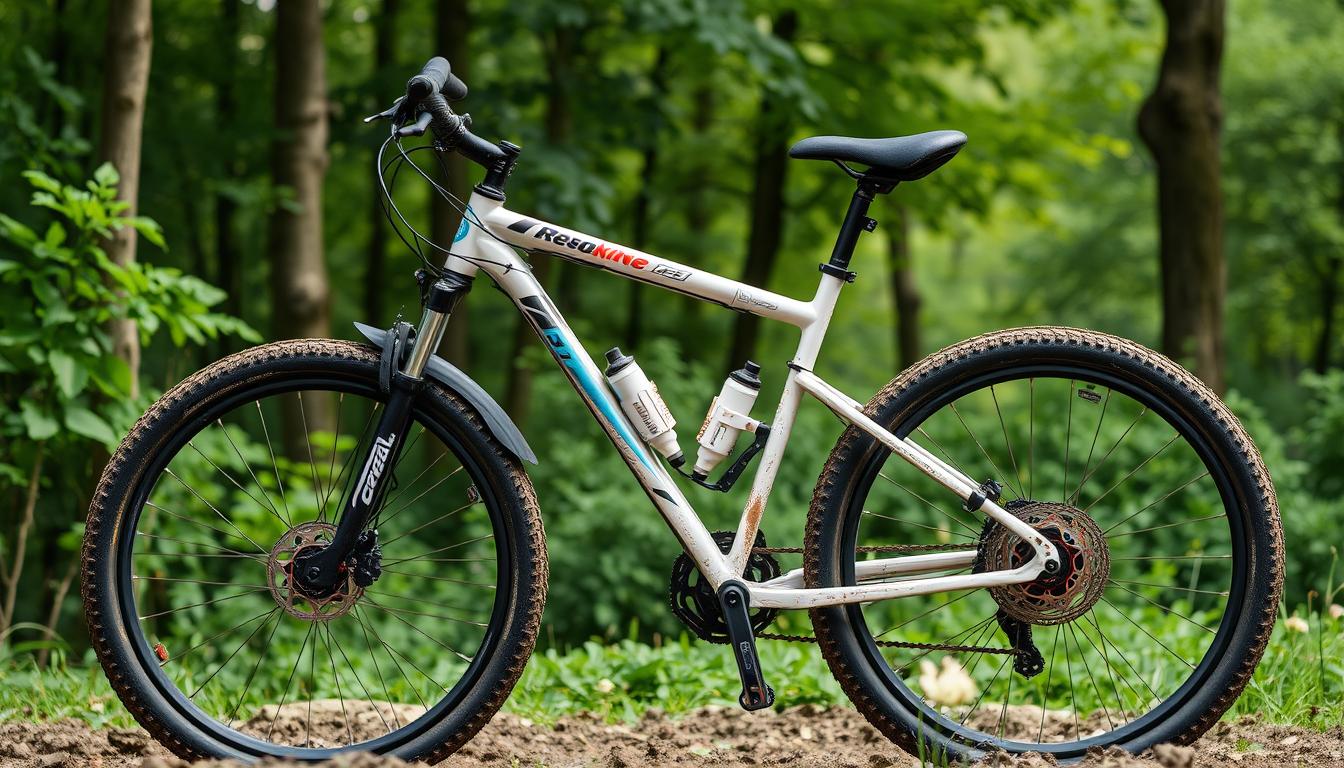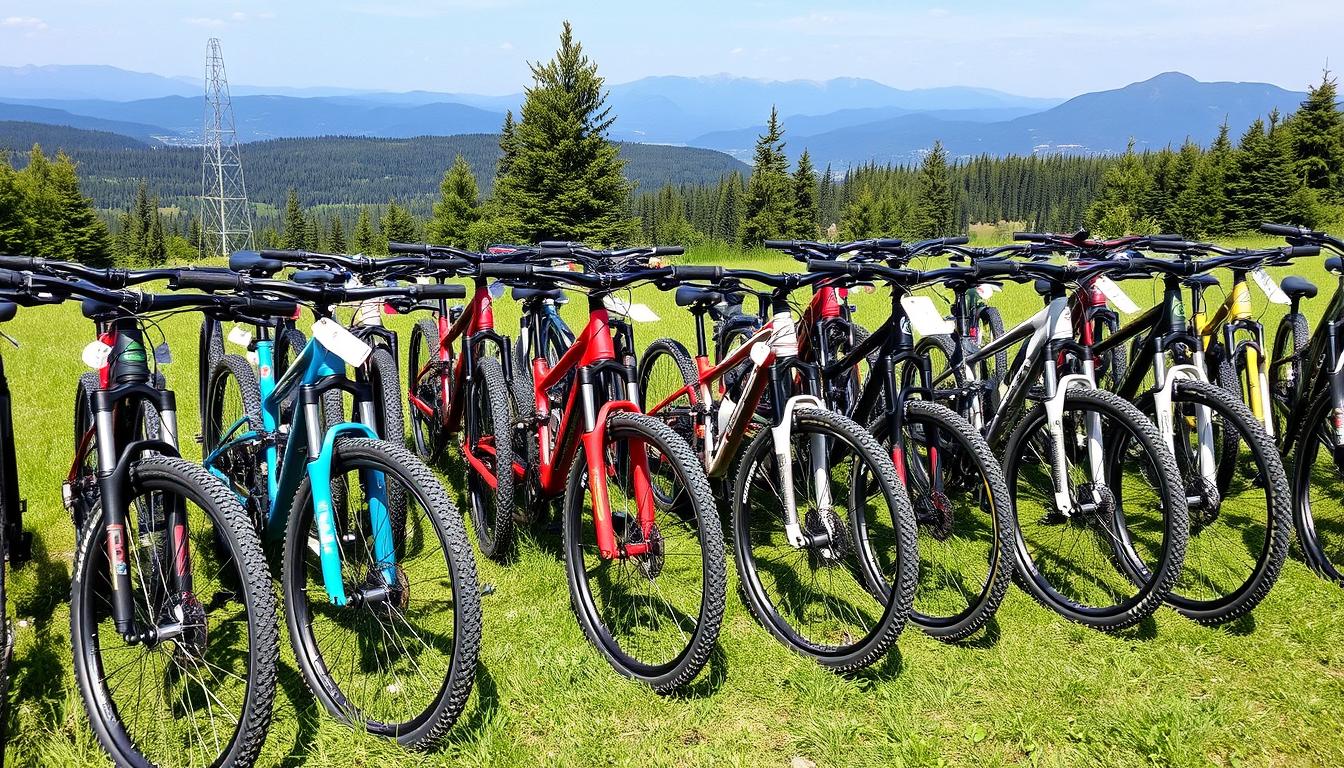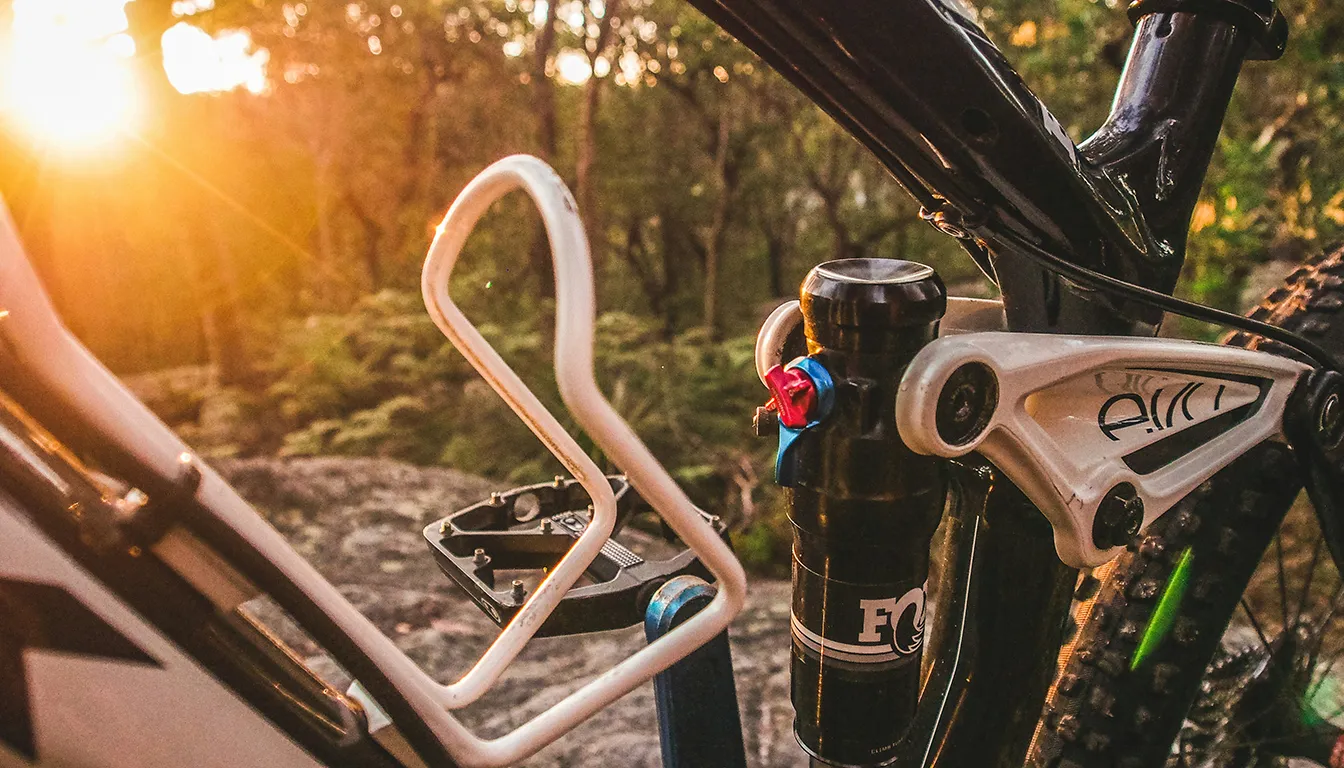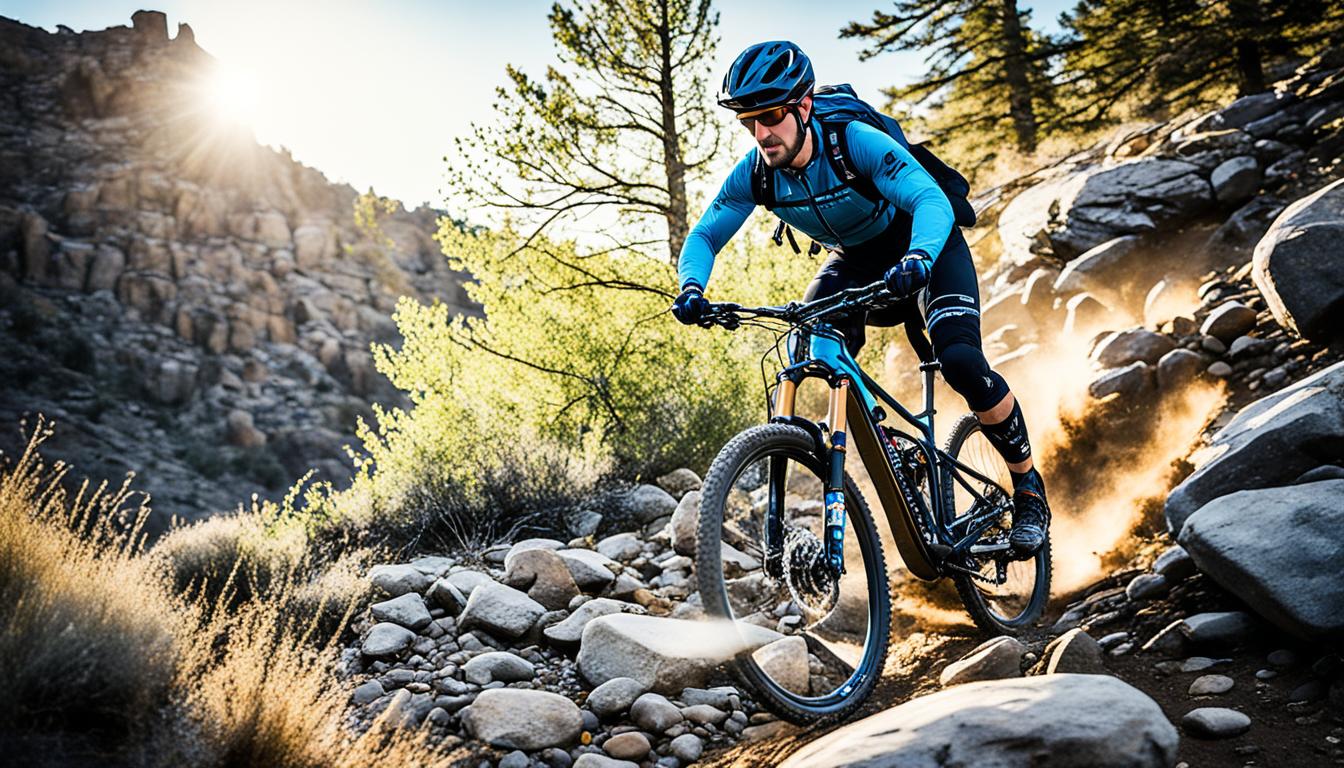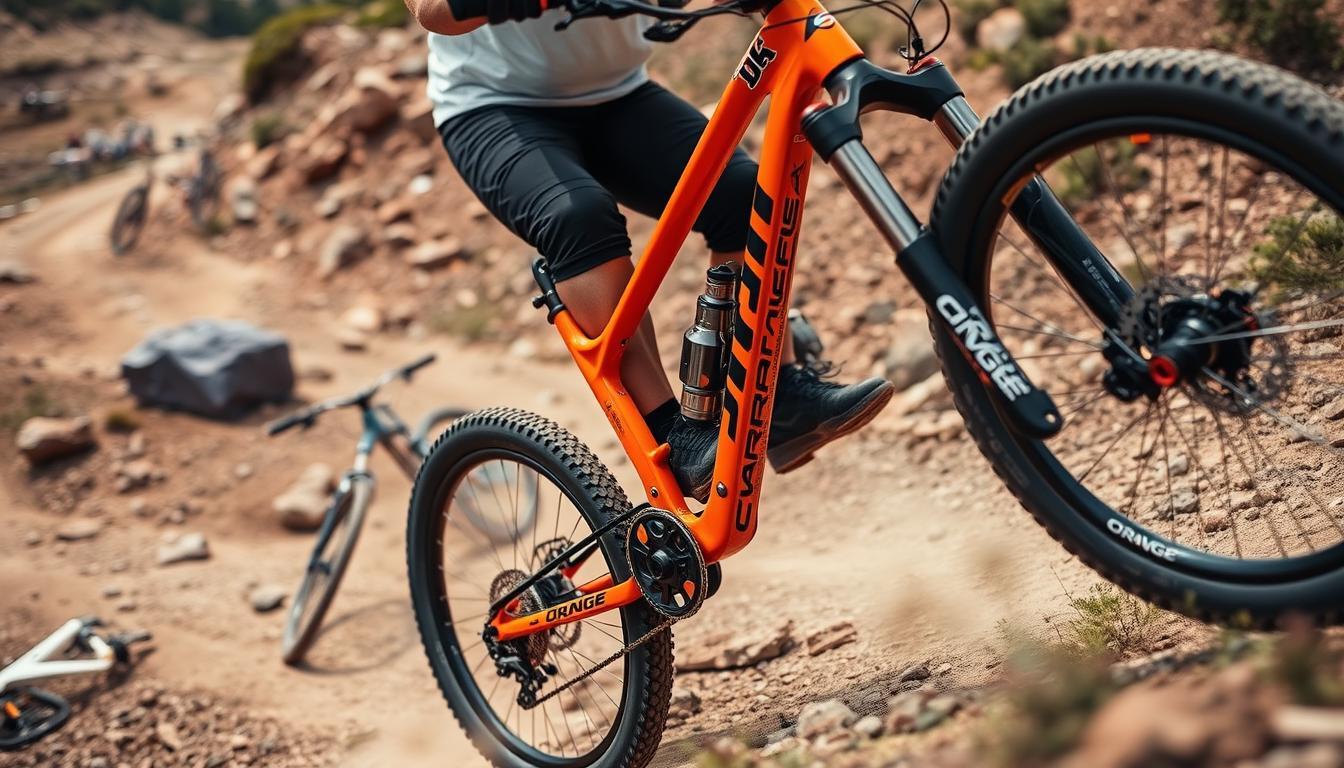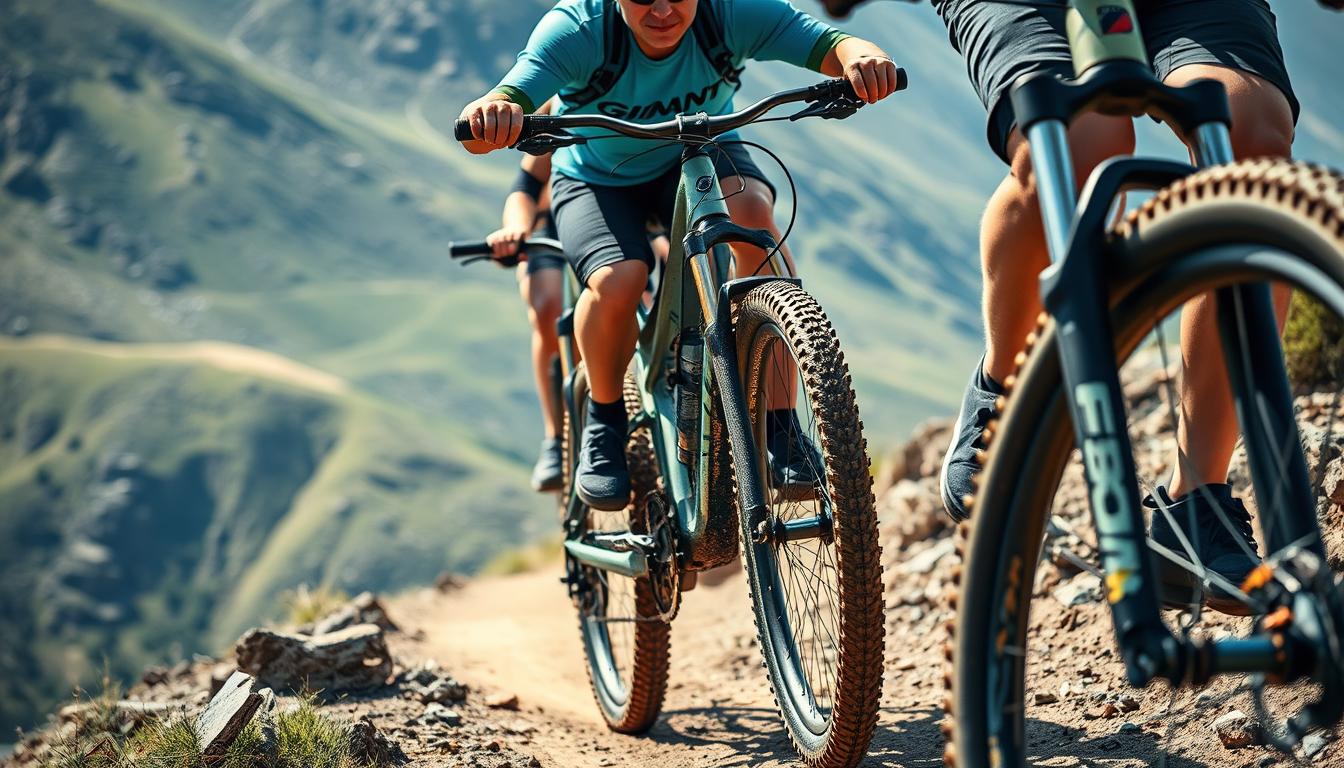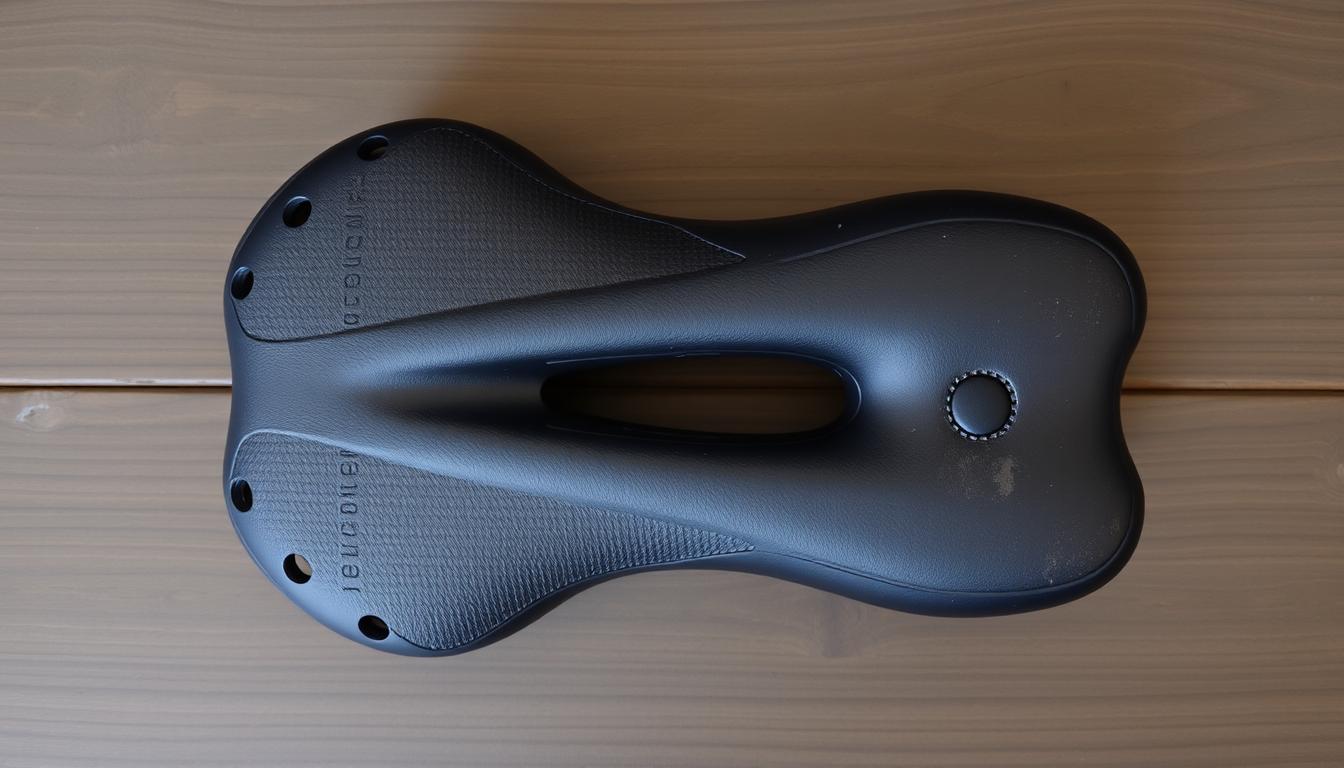Picking the right women’s mountain bike might seem tough with so many choices. Today, you’ll find bikes from lightweight carbon to designs just for women. This is because more women are getting into mountain biking. So, brands are making bikes that fit women better.
Choosing the perfect bike for women doesn’t need to be hard. Understand the different bikes and think about what you like. Also, look at important features. By focusing on comfort and how the bike performs, you’ll find picking a bike easier. And you’ll enjoy riding much more.
Understanding the Different Types of Mountain Bikes
Choosing the right mountain bike is key to bettering your riding adventures. There are many mountain bikes for various lands and cycling styles. It’s important to know what makes each type special. Here, we look at cross country, trail bikes, and downhill bikes.
Cross Country (XC)
Cross country bikes are light, making them great for easy pedalling. They’re best on simpler terrains, perfect for long journeys. These bikes have suspension travel from 0 to 120mm. They are 80% for going up hills and 20% for going down. Trek and Juliana make top cross country bikes.
Trail and Enduro Bikes
Trail bikes are adaptable, with suspension travel of 120mm to 150mm. They’re good for both up and down the hill, suiting various terrains. On the other hand, enduro bikes have 150mm to 180mm travel for serious downhill rides. They’re 80% down and 20% up, for those who love tough trails.
Downhill (DH) Bikes
Downhill bikes, with over 180mm suspension travel, are for steep slopes. They can’t climb but excel in going down fast. These are for thrill-seekers who love challenging downhill races. They have strong brakes and sturdy frames for rough rides.
What to Consider Before Buying a Women’s Mountain Bike
Before getting a mountain bike, think about what you enjoy and your budget. Knowing your riding style and budget will guide your choice.
Type of Riding
The kind of riding you like is key in finding the right mountain bike. Look at the options:
- Leisure Riding: Perfect for easy rides on flat lands.
- Competitive Racing: Needs bikes made for fast riding and quick moves.
- Technical Trail Riding: Calls for bikes that can handle tough tracks with ease.
Thinking about what you prefer helps in picking the right bike.
Budgeting for Your Mountain Bike
Bikes come in a wide price range, from affordable to very pricey. You get:
- Higher quality parts
- Lightweight materials like carbon fibre
- Better suspension for a smoother ride
An entry-level bike is usually about £1,000. Focus on what’s important, especially if you’re planning upgrades later. Smart budgeting means being happy with your bike for years.
Women’s Specific Designs vs Unisex Options
Understanding the difference between women’s specific bikes and unisex mountain bikes is crucial. Each type aims to improve comfort, performance, and the ride based on different needs. Knowing the key features of each can greatly inform your decision.
Key Features of Women’s Mountain Bike Designs
Women’s specific bikes are designed for female riders’ unique needs. They feature:
- Narrower handlebars for better handling, suited to smaller frames.
- Saddles tailored for different anatomy, enhancing comfort for longer rides.
- Shorter cranks to boost pedalling efficiency and fit.
- Shock absorbers tuned for rider weight and style, seen in brands like Liv.
Liv and Juliana are examples of brands dedicated to creating designs focused on women. This commitment enhances the riding experience.
Geometry Differences and Sizing
Geometry is key to finding the right bike fit. Women’s and unisex models differ notably in:
- Shorter reach and taller stack, fitting different body proportions.
- Frames for various heights, with Liv catering to riders as short as 4’11”.
- Low standover heights, making bikes easier to use.
Choosing the right fit from women’s specific and unisex mountain bikes is essential. There are great options in both categories. Finding what feels right is crucial. For tips on picking the perfect mountain bike, check out this guide.
Testing and Fitting Your Mountain Bike
Finding the right mountain bike is more than just picking one from the shelf. A planned approach to testing and fitting is key to a great ride. It involves trying out different bikes and seeing which one fits best.
Importance of Demo Rides
Taking part in demo rides is vital in choosing a bike. It lets riders find out what feels right in terms of handling and size. You learn how different bikes manage on various terrains. This might show what you like in a bike that you hadn’t thought of before.
Shops often have a wide range of bikes to test. This means all riders can find something that suits their skill level and riding style.
Choosing the Right Size and Fit
After demo rides, finding the perfect fit is crucial. You should pick a bike that feels good and fits your measurements. Sizing varies a lot across brands and models. Trying bikes at local shops helps find what works best for you.
Adjustments like crank arm length, handlebar width, and saddle choice make a big difference. They improve your ride and lower the chance of getting hurt or feeling uncomfortable. For more on bike fitting, check this out on fitting a mountain bike.
Conclusion
Choosing the best women’s mountain bike is a rewarding adventure. It requires understanding your riding needs and thorough research. Events like Red Bull Formation highlight women’s growing confidence in freeriding. This has shifted the focus to comfort and performance in cycling.
Women now have a wide range of bike options. These include models designed specifically for women and unisex designs. Brands like Liv, Trek, and Specialized tailor bikes for female cyclists. They consider different body types and riding preferences.
Liv is notable for creating products that meet women’s anatomical needs. This ensures every ride is a joy. Reading comprehensive guides on bike types will help in making an informed decision. This adds to finding the best bike for your personal style.
Mountain biking is becoming more accessible for women. It’s more about finding the right gear than just filling gender gaps. Proper testing and fit adjustments make every ride tailored for comfort and safety. Remember, your bike should mirror your identity as a cyclist. This makes every adventure memorable.
To begin, look into resources on bike types and necessary riding skills. This ensures a fun and confident cycling journey. Learn more from female perspectives on mountain biking. Also, get advanced riding tips with expert advice for riders.
FAQ
What is the best type of women’s mountain bike for beginners?
A Cross Country (XC) bike is the top pick for novices. It’s light and focuses on easy pedalling. This choice is best for smoother trails and longer rides.
Are women’s mountain bikes different from unisex models?
Indeed, women’s bikes are made with ladies in mind, featuring narrower bars and unique frames. These adjust to enhance comfort and control over the unisex versions.
How important is it to try before you buy?
Trying out bikes first is essential. It lets you figure out which one feels right. Demo rides showcase how they tackle various terrains.
What should I consider regarding my budget for a mountain bike?
Mountain bikes have a wide price range. Spending more usually gets you better quality. A good starting bike is about £1,000.
How do I choose the right size for my mountain bike?
Choosing the right size is about how a bike feels to you. Visit bike stores to try different brands and models. This way, you find the perfect match based on your measurements.
What features should I look for in a women’s specific mountain bike?
Look for bikes with tailored saddles and narrower bars. These should also have frames that fit female riders better. Brands like Liv and Juliana specialise in such designs.
What type of riding should influence my bike choice?
Your riding style matters a lot. It decides if you should go for a rigid, hardtail, or full-suspension bike. Think about what matches your riding activities.
How can I assess bike geometry differences?
Compare the shapes of women’s and unisex bikes. Women’s versions often have a shorter front and higher handlebar area, aiming for comfort. Trying various models helps find what’s most comfortable for you.
